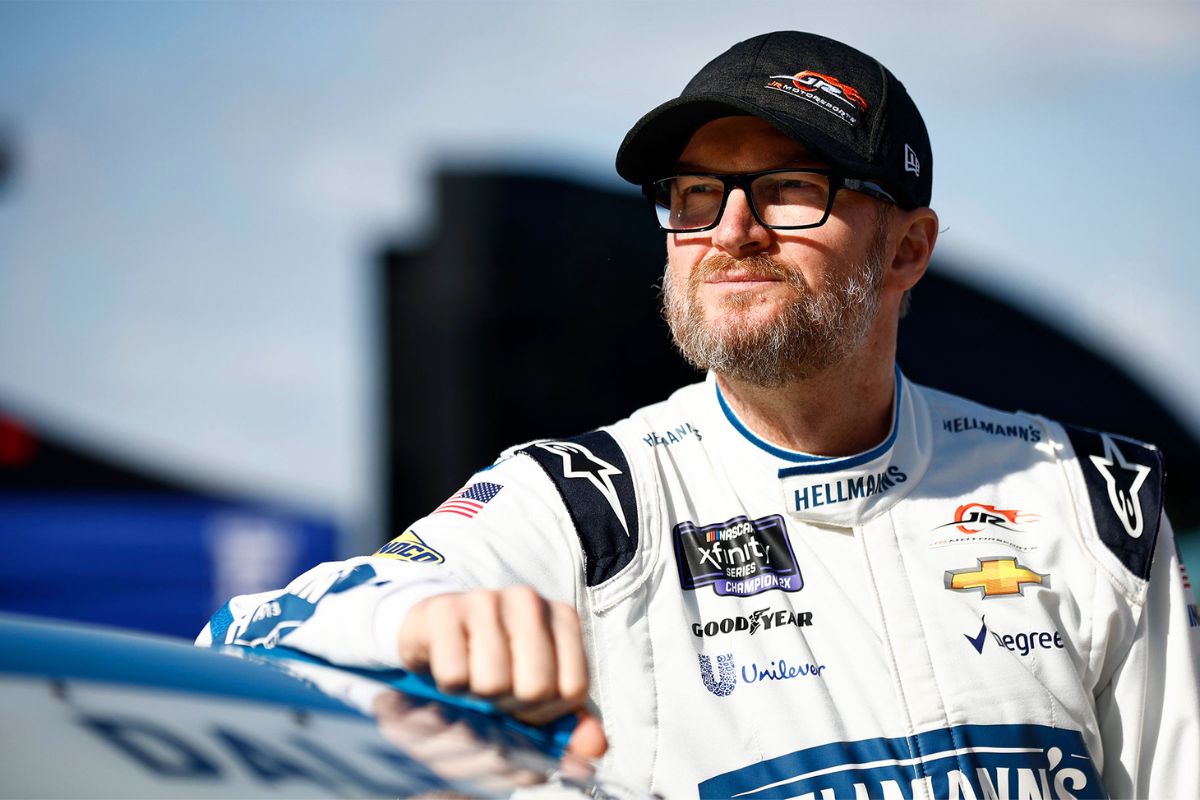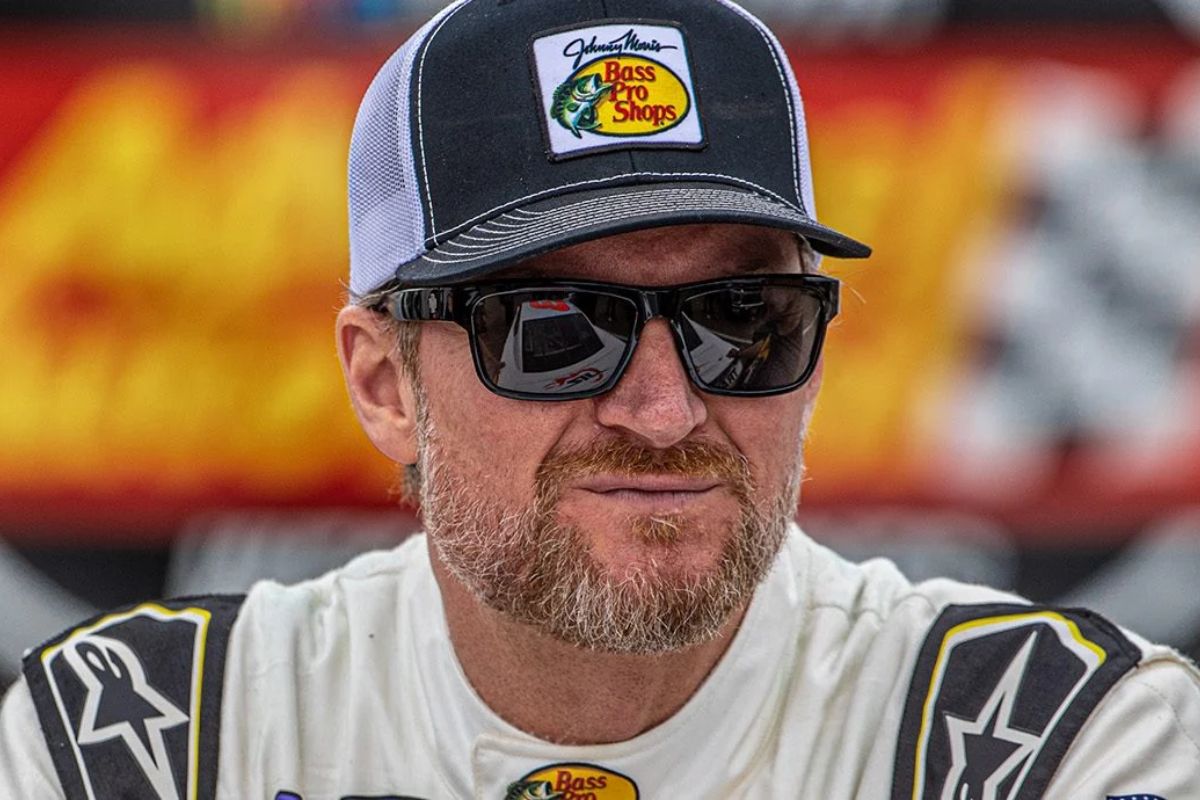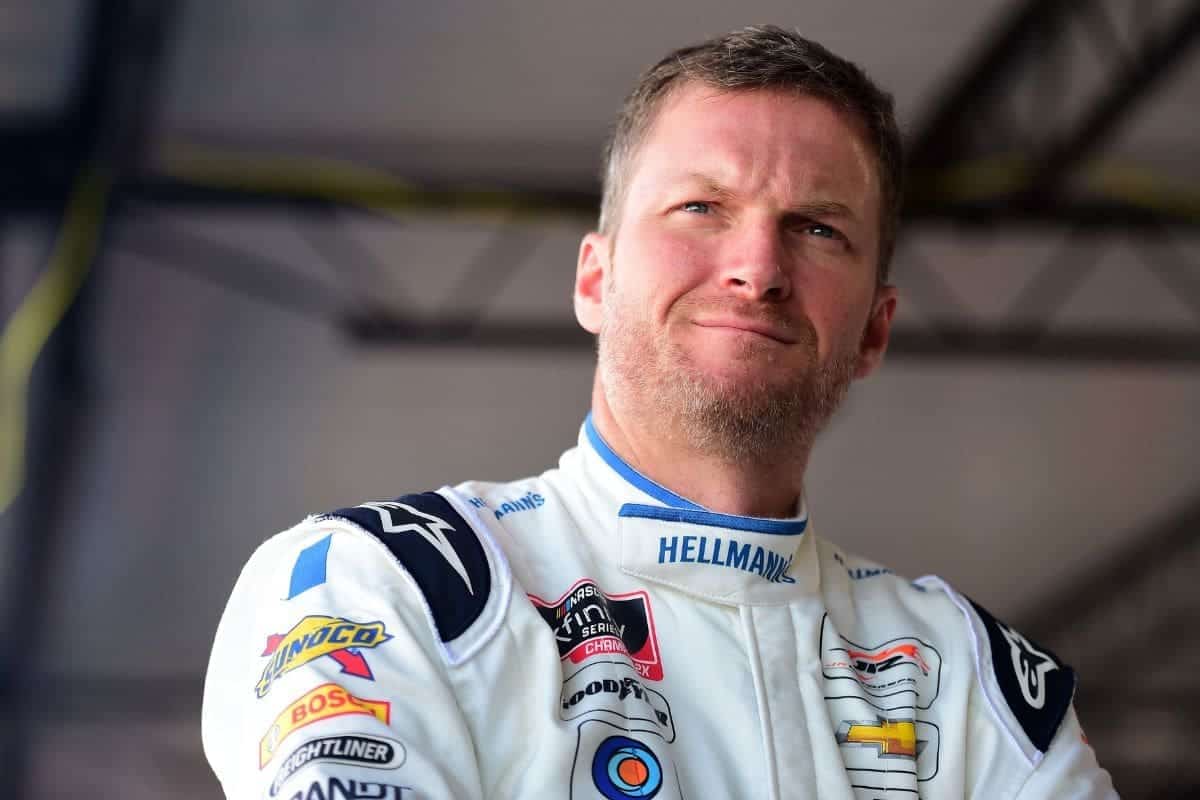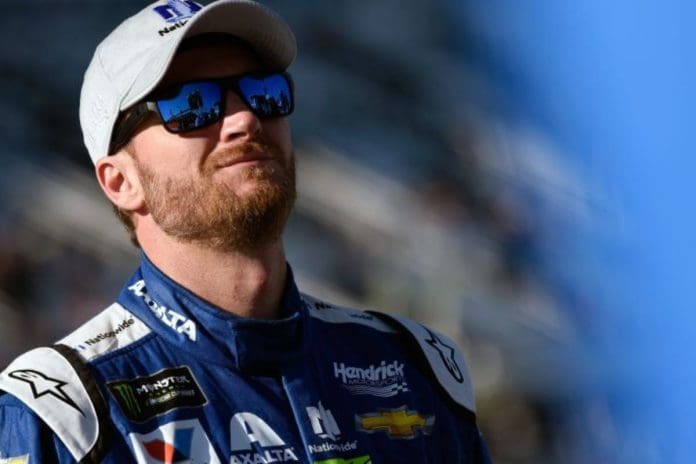Dale Jr. Predicts Crowd Decline: As Dale Earnhardt Jr. casts doubt on the longevity of NASCAR’s groundbreaking shift to urban centers, starting with Chicago, the implications of such a strategic change are multifold and significant. Earnhardt Jr. points to potential hurdles including logistical complexities and the challenge of maintaining local interest over time, which could indeed result in crowd numbers. His perspective invites a broader analysis of how NASCAR’s urban integration could impact its traditional fan base while attempting to capture a new demographic.
Key Takeaways
- Dale Earnhardt Jr. highlights concerns about the financial and logistical feasibility of NASCAR’s urban races.
- He questions the long-term engagement and appeal to urban audiences.
- Initial interest in urban NASCAR events may wane without ongoing innovation and strategic marketing.
- Earnhardt Jr. emphasizes the importance of addressing infrastructure and safety challenges in city settings.
- He suggests that NASCAR must carefully evaluate these races to ensure sustainable success and fan interest.
NASCAR’s Bold Venture: Racing in Chicago
In a bold strategic move, NASCAR has announced plans to host a series of races in the heart of Chicago, aiming to expand its urban audience and refresh its fan base. This initiative reflects NASCAR’s commitment to not just maintaining but also elevating its profile through creative approaches that cater to a diverse demographic spectrum.
The decision to infiltrate an urban environment like Chicago marks a significant shift from NASCAR’s traditional association with rural and suburban circuits. The urban setting provides a fertile ground for tapping into a younger, more diverse audience that might not have easy access to the sport’s more geographically isolated tracks. Hosting races in a major city could boost media exposure and sponsorship opportunities, given the proximity to major corporate headquarters and media outlets.
From a logistical perspective, the shift to a city like Chicago requires thorough planning and investment. The adaptation of city infrastructure to accommodate high-speed racing, along with ensuring robust safety measures for both participants and spectators, presents a complex challenge. However, the potential economic benefits for the city, from increased tourism to local business engagement, can be substantial, fostering a mutually beneficial relationship.
NASCAR’s venture into Chicago also demands a strategic marketing approach to convert curiosity into lasting fan engagement. This involves community outreach, local partnerships, and immersive fan experiences tailored to urban sensibilities. By integrating these elements effectively, NASCAR not only hopes to expand its footprint but also to inject new energy and relevance into its brand among an evolving audience base.

Dale Earnhardt Jr. Raises Concerns
Dale Earnhardt Jr. recently voiced reservations about NASCAR’s new step into urban Chicago, highlighting concerns over its financial sustainability and long-term impact. During his podcast, the Dale Jr. Download, Earnhardt Jr. critically evaluated the strategic move by NASCAR to host races in a metropolitan setting. His insights, backed by years of experience in the racing industry, bring potential challenges that may not have been fully considered by the organizers.
- Financial Feasibility: The cost associated with transporting, setting up, and managing race events in an urban environment like Chicago is substantially higher compared to traditional race tracks. Earnhardt Jr. pointed out that the financial outlay could strain NASCAR’s resources if not managed with acute foresight and strategic planning.
- Infrastructure and Logistics: Hosting races in a dense city poses unique logistical challenges. These include transportation of heavy racing equipment, ensuring adequate safety measures, and minimizing disruption to the city’s normal operations. Earnhardt Jr. questioned whether the existing infrastructure in Chicago could support the scale of NASCAR events without significant investment.
- Long-term Engagement and Fan Base Sustainability: Although urban markets are populous, Earnhardt Jr. expressed concern about the long-term commitment of urban audiences to NASCAR, which traditionally has drawn its core fan base from rural and suburban areas. He stressed the importance of understanding market dynamics and audience preferences in maintaining a steady and engaged fanbase.
Declining Crowd Numbers
Building on Dale Earnhardt Jr.’s apprehensions, the anticipated decline in crowd numbers after the initial novelty of NASCAR’s urban Chicago races fades presents a significant challenge for the organization’s long-term plans. This phenomenon is not unique to NASCAR but is a common trend observed across different sports and entertainment venues that venture into new markets.
“The crowd’s going to level off, right? After, after the first couple of years, you’re going to lose some of the crowd, right? You got to expect that if you’re running this whole deal, the crowds, it’s not going to keep getting, I mean, that first year you’re going to have the biggest, most interest and most intrigued.”-(dale jr.)
The risk of declining attendance in subsequent years raises questions about the strategic approaches NASCAR might consider to resolve this potential downturn. Dale Jr.’s insights suggest that simply relocating races to urban settings is not a panacea for long-term fan engagement.

Weather Woes and Track Troubles
Weather challenges, particularly heavy rain and thunderstorms, greatly impact NASCAR races in urban settings like Chicago, compounding issues with track conditions that already concern participants and organizers alike.
The concerns voiced by Dale Earnhardt Jr. regarding the track’s condition, especially the significant bump, highlight the complex mix between natural elements and the physical racing environment. This bump could seriously impact vehicle control and race strategy.
“There’s a nasty bump down in the middle of three and four and without maintenance. And year-round, you know, taking care of, is the surface even raceable without some patchwork and improvements? I don’t know.”-(dale jr.)
- Impact on Race Strategy: Severe weather alters track conditions rapidly, forcing teams to adapt their strategies in real-time. This includes tire selections, speed adjustments, and pit stop timing, which are all essential to securing a competitive edge.
- Safety Concerns: Enhanced risk of accidents due to slippery surfaces or debris caused by storms necessitates heightened safety protocols, including more frequent communication between race officials and drivers.
- Maintenance and Repair Costs: Consistent exposure to harsh weather can accelerate track wear and tear, leading to increased maintenance costs and more frequent repair schedules to ensure the track meets safety standards.
The Future of NASCAR in Chicago
Despite its appeal, the sustainability of NASCAR events in Chicago faces significant uncertainty due to a complex mix of financial stress, logistical hurdles, and persistent weather complications. Hosting races in a major urban center like Chicago is undeniable, offering NASCAR a platform to engage with broader, potentially untapped urban audiences.
However, the financial consequences of organizing such events are challenging. The cost of transforming city streets into a race-worthy venue is substantial, compounded by security, operational logistics, and the need for extensive local government cooperation.
Logistically, the urban environment presents a unique set of challenges. The coordination required to minimize disruption to the city’s regular activities, while ensuring safe and efficient race conditions, demands thorough planning and significant resources. Traffic management alone is a Herculean task in a city known for its bustling activity and dense population.
Additionally, the unpredictable Midwestern weather adds another layer of complexity, with sudden climatic shifts potentially jeopardizing the safety of participants and spectators, thus impacting attendance and profitability.
Given these factors, the future of NASCAR in Chicago hinges on strategic adaptability and creative problem-solving. The organization must implement robust mechanisms for weather management and emergency preparedness. Financially, creating a sustainable model may involve exploring new revenue streams such as digital viewership or enhanced sponsorship deals tailored to the urban setting.

News in Brief: Dale Jr. Predicts Crowd Decline
Dale Earnhardt Jr.’s concerns about NASCAR’s urban expansion into Chicago highlight the complexities of hosting large-scale sporting events in metropolitan areas.
The potential for declining crowd numbers, combined with logistical and environmental challenges, emphasizes the need for strategic planning and adaptation.
Success in this opportunity will rely on NASCAR’s ability to address these multiple issues effectively, ensuring the venture’s sustainability and relevance in changing urban landscapes and evolving audience demographics.
ALSO READ: Dale Earnhardt Jr. Slams Kansas: ‘Shame on You, Kansas’ – Buescher Robbed of Win


